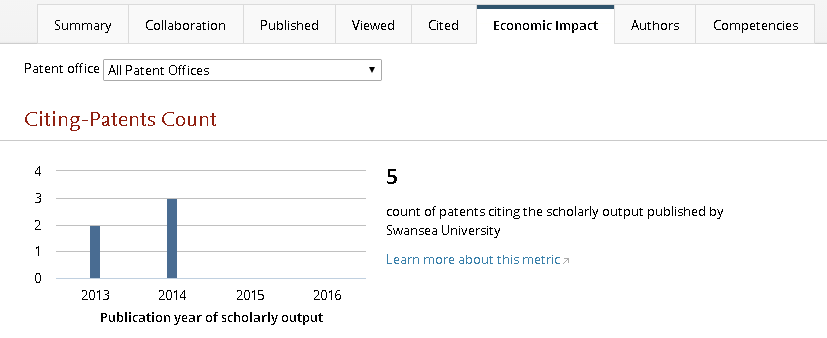Inspec and Inspec Analytics from the Institution of Engineering and Technology, are highly specialised discovery and research intelligence tools that provide detailed insights into research trends and patterns across physics and engineering disciplines at both local and global levels. The granularity of the Inspec index makes it easy to analyse research output by organisation and/or specific subjects, allowing you to monitor research output over time, compare output between organisations, stay up to date with emerging trends, find collaboration opportunities and identify the most relevant journals and conferences to publish work.
From 2021, all IET journals will become Open Access. This approach builds on a strategy that began in 2012 when the IET launched its first open access journal, The Journal of Engineering. The IET now has 15 wholly open access journals with open access publication routes in the remaining 27 journals.
To Access Inspec Analytics, first go to Inspec, then underneath the search bar, click ‘Go to Inspec Analytics’

For training and tips on using Inspec and Inspec Analytics to inform your research strategy, and identifying emerging trends in your field, contact Ellie Downes, Research Librarian at e.c.downes@swansea.ac.uk
For further information about Inspec Analytics, check out some of their guides here;
Inspec Analytics user guide and videos: https://inspec-analytics.theiet.org/inspec-analytics-user-guide/
Sources indexed in Inspec: https://www.theiet.org/media/6168/inspec-active-journals.pdf
More about Inspec’s subject classifications: https://www.theiet.org/publishing/inspec/inspec-content-coverage/inspec-classification/




 The correlation between peer assessment and bibliometric indicators is significant but not perfect.
The correlation between peer assessment and bibliometric indicators is significant but not perfect.